What is declarative programming?
Declarative programming is a programming paradigm which focuse on what you do rather than how you do. It expresses the logic without explicitly defining the steps. What it means is we need declare the component depending on the computation of the log. It doesn't describe the control flow steps. Examples of declarative programming are HTML, SQL, JSX, etc.
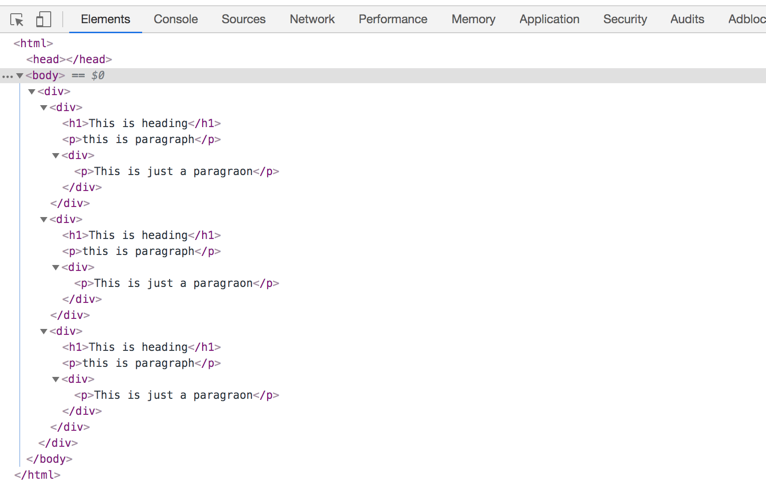
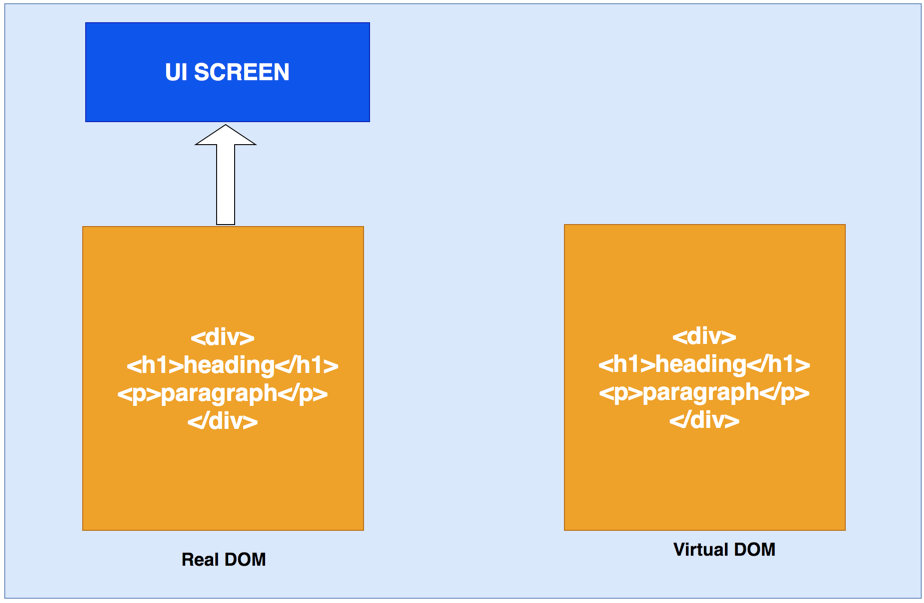
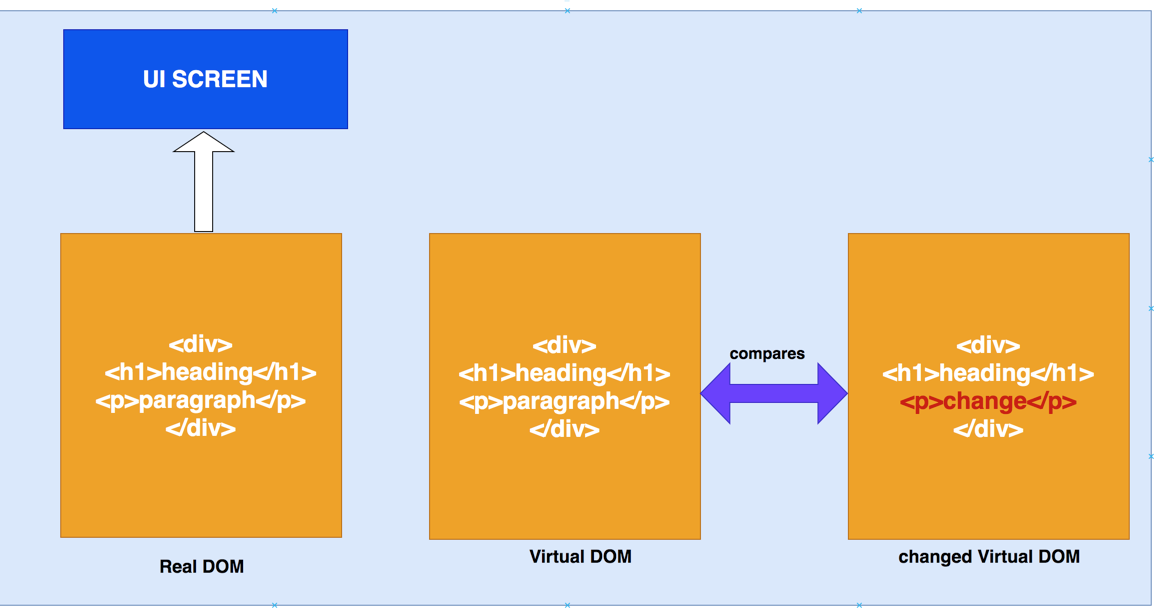
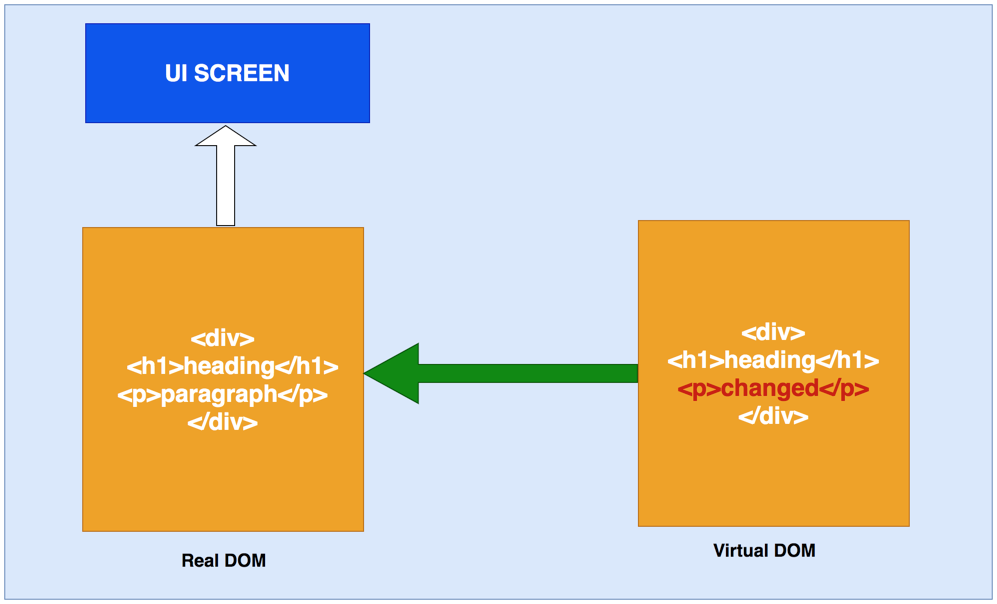
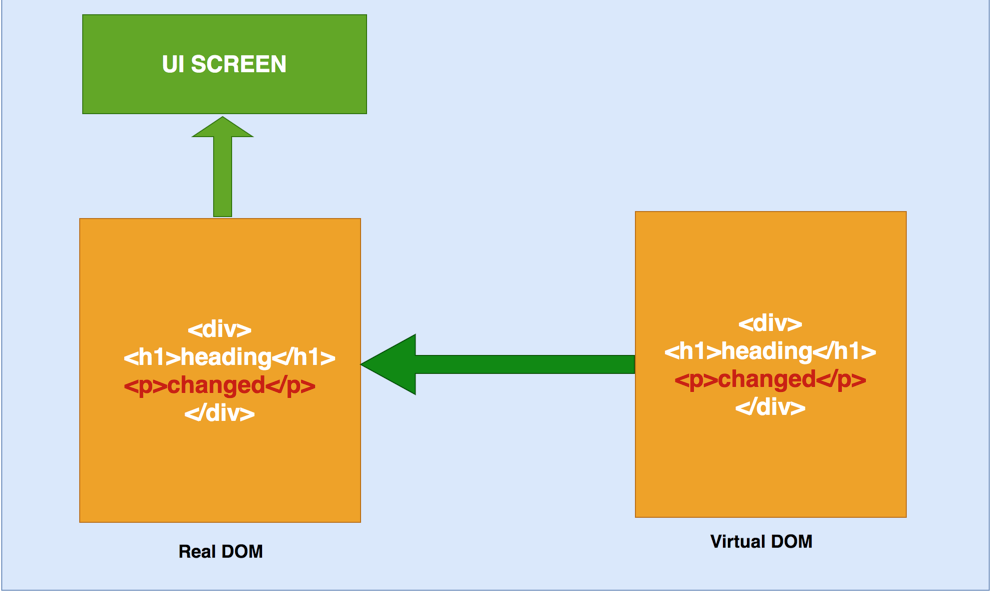






React is one of the most popular javascript libraries and it's going to be more popular in 2019 and beyond. React is released in 2013 and it gained a lot of popularity over the years. It's a declarative, component-based and efficient javascript library for building user interfaces.